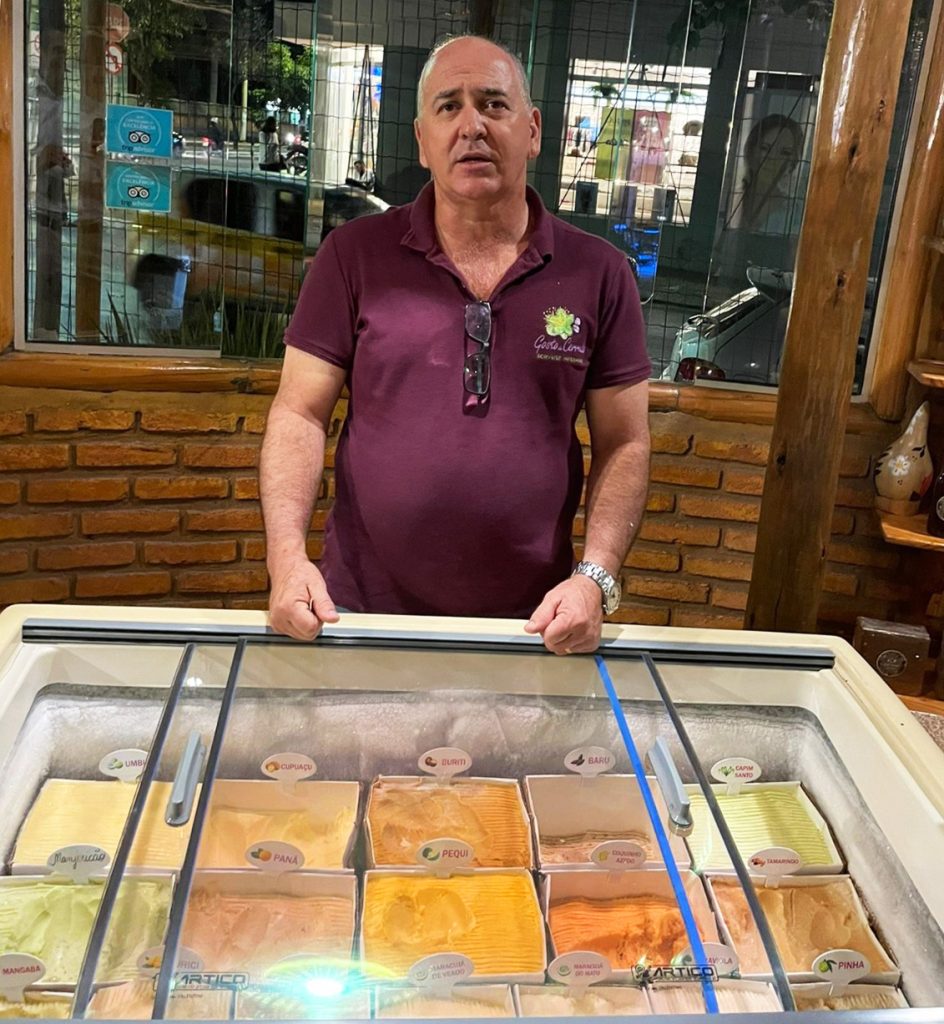The shift to a sustainable, low-carbon, circular bioeconomy represents a business opportunity worth $7.7T, besides a massive potential to conserve natural ecosystems and shift to more healthy diets. This anecdotal story explains how this all comes together.
The Cerrado
The Cerrado savanna, which lies mainly in Brazil, has never received the same attention as its more glamorous neighbor, the Amazon. Yet it is the world’s most biodiverse savanna, home to 5% of the planet’s animals and plants: This savanna contains about 200 species of mammals, 860 species of birds, 180 species of reptiles, 150 species of amphibians, 1,200 species of fish, and 90 million species of insect and impressive 10,000 species of plant, with 45% of that being endemic, or unique to this region.
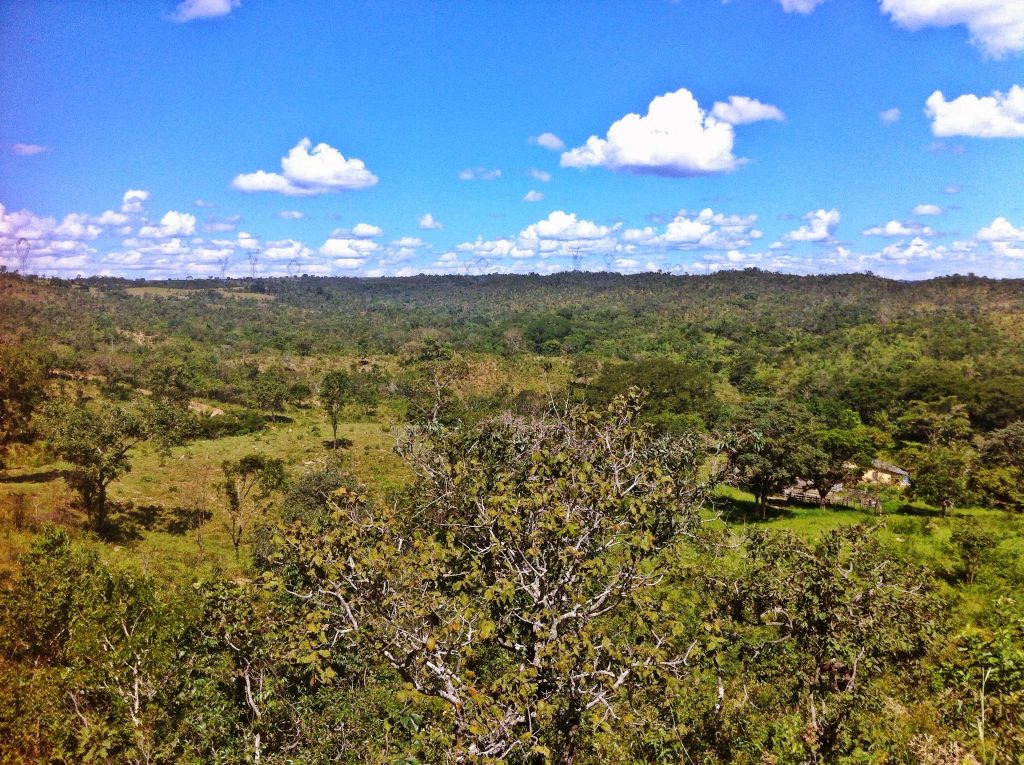
Since the 1950s, however, agriculture—most recently, the rapid expansion of soy and beef production—has driven the loss of about half of its native vegetation. The rate of deforestation is 2.5 that of the Amazon.
The Cerrado is also very essential as a source of water. Of twelve major hydrological regions in Brazil, the country with the world’s largest freshwater supplies, six begin in the Cerrado, including the Pantanal, the world’s largest wetland. Moreover, nine out of 10 Brazilians use electricity generated by water originating in the Cerrado savanna.
The region also locks up a deceptively large amount of carbon, as its small trees have deep root systems. About 70% of the biomass of this “upside-down forest” is underground, and recent studies suggest it may hold about 118 tons of carbon per acre¹.
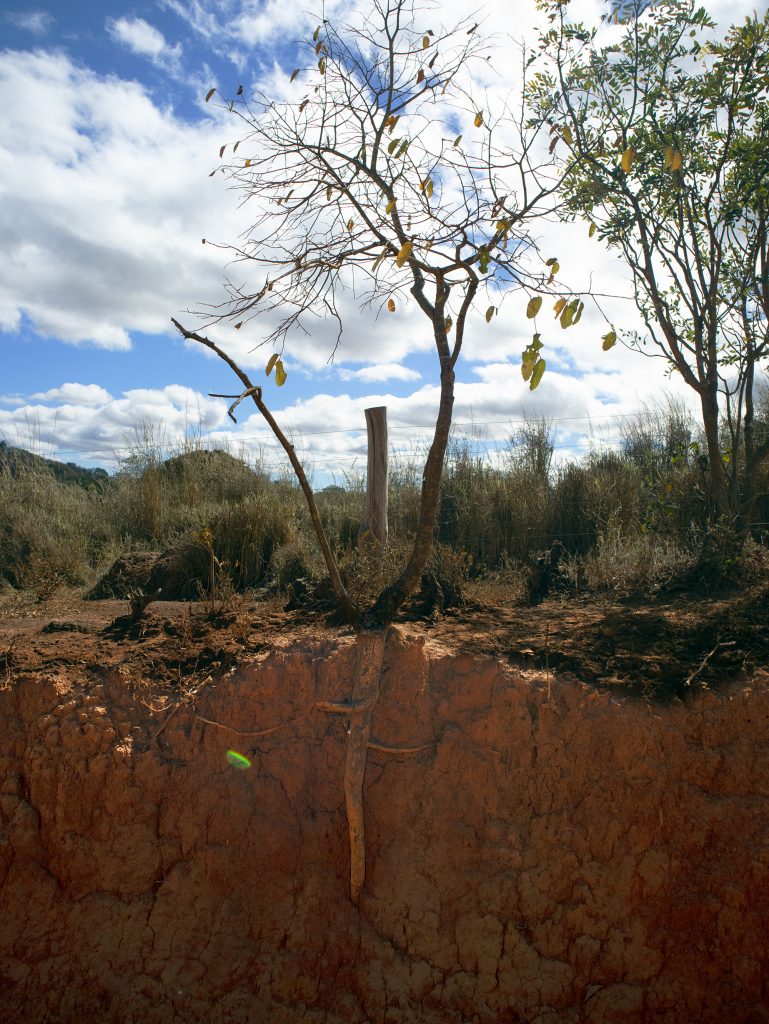
The food system transformation
“The global food system is failing to deliver sufficient and nutritious food to all while damaging the earth and unsustainably drawing down its resource.” This is the strong opening statement from the scientific paper “Transforming food systems with trees and forests”².
It goes on to state that “A new global food system must produce greater quantities of a more diverse range of nutrient-dense foods rather than only providing more calories. Only fifteen crops provide 90% of humanity’s energy intake, with rice, maize, and wheat alone accounting for 48% of global average daily calories. Nutrient-rich foods are produced in insufficient quantities to provide healthy diets for all.”
This takes us to the title of this article: let’s travel to a Brazilian town in the middle of the Cerrado and find what a little ice cream shop can teach us about nutrient-dense foods and the bioeconomy, a nearly 8 trillion dollar opportunity according to the WBCSD’s Circular Economy program and the Forest Solutions Group in collaboration with Boston Consulting Group (BCG)³.
Gosto do Cerrado
We live in the age of blockbusters. Take the gaming industry as an example; most of the revenue in any platform is taken up by a handful of top games. Or in cinema, a significant fraction of the total box office still comes from the top few films or series. In any domain, a handful of top brands have dominated the product space. But would you even guess that a similar discriminatory pattern applies to the species of fruits we humans intake?
The town of Montes Claros, Brazil, is home to the ice cream shop Gosto do Cerrado (Cerrado flavors). Its owner, Mr. Luciano Magalhães, claims he alternates between around one hundred natural flavors throughout the year, most unknown even to people from the region. The ice cream is based on the region’s naturally occurring fruits and nuts, gathered by local communities: pequi, jabuticaba, jaca, Murici, pinha, baru, buriti… The list goes on and on.
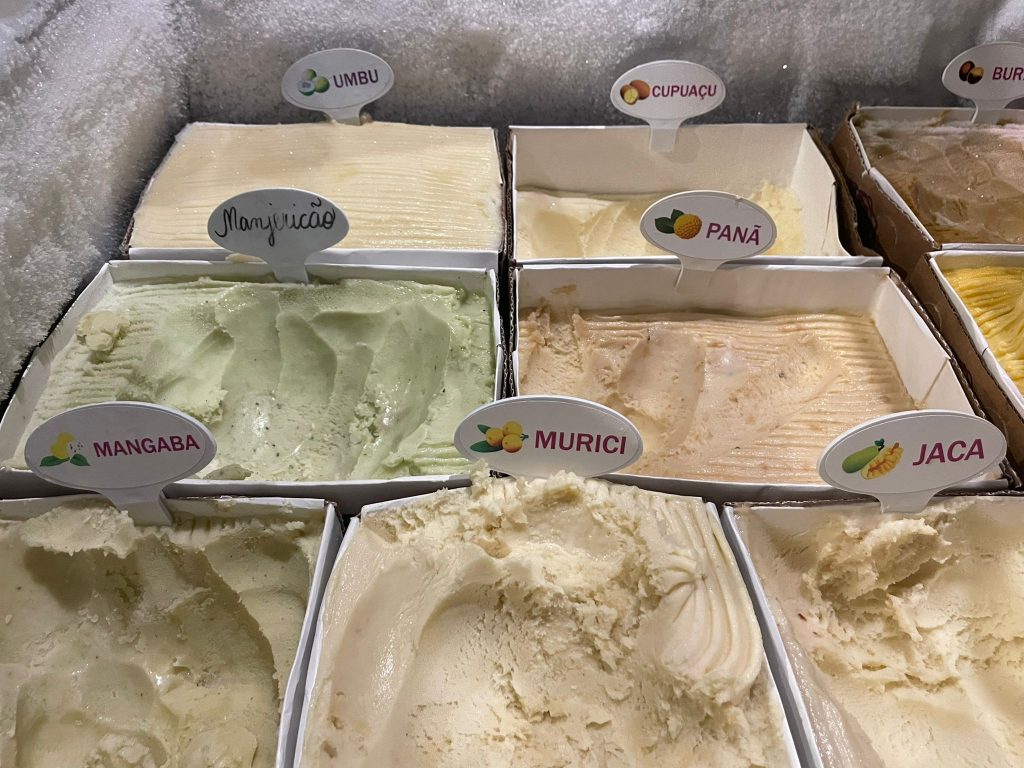
A study⁴ measured the total levels of phenolic, anthocyanin, carotenoid, tocopherol compounds, and vitamin C in ten fruits from the Brazilian Cerrado: araçá-boi, bacaba, bacupari, biribá, cajuí, curriola, marmelada-espinho, mirindiba, murici (seen as ice cream above), and puçá-preto. The analyzed fruits were rich sources of different bioactive compounds, with levels comparable to those in commonly consumed fruits such as guavas and various berries and citrus fruits. In fact, these fruits have an entire book dedicated to them⁵; “Fruits of the Brazilian Cerrado: Composition and Functional Benefits,” which goes further and describes morphological characteristics, macronutrients, micronutrients, details studies on the treatment of diseases with these natural products, and their possible mechanism of action inside the organism.
Putting all the pieces together, increased demand for those products could drive conserving the Cerrado and restoring degraded areas with native species. The world has seen a similar example: the açaí berry, an amazonian fruit, had an estimated market size of 720 million USD and is projected to grow to 2 billion USD by 2025⁶.
Your next ice cream?
The Cerrado is also one of the world’s oldest ecosystems: it’s a 40-million-year-old biome and has endured previous earth warming events.
That means the Cerrado might have some of the answers we need to survive through rising temperatures – but we shouldn’t wait for that to switch our diets to more nutritious food: they are also absolutely delicious.
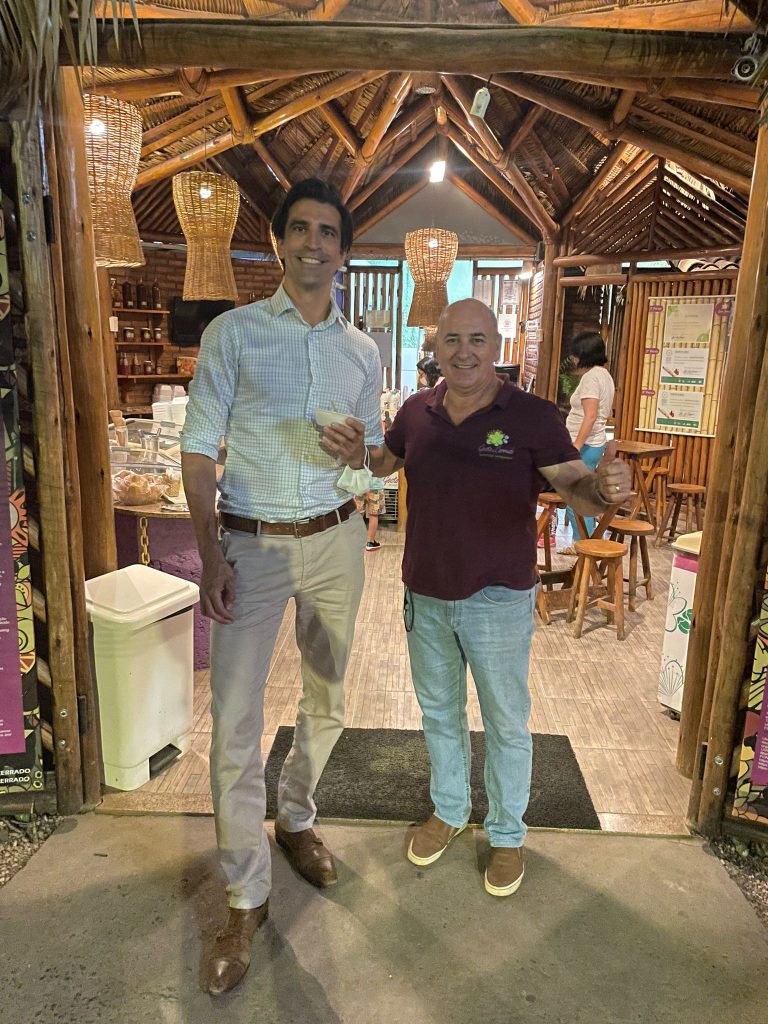
¹ //www.worldwildlife.org/places/cerrado
² Amy Ickowitz, Stepha McMullin, Todd Rosenstock, Ian Dawson, Dominic Rowland, Bronwen Powell, Kai Mausch, Houria Djoudi, Terry Sunderland, Mulia Nurhasan, Andreea Novak, Vincent Gitz, Alexandre Meybeck, Ramni Jamnadass, Manuel R Guariguata, Céline Termote, Robert Nasi, Transforming food systems with trees and forests, The Lancet Planetary Health, Volume 6, Issue 7, 2022, Pages e632-e639, ISSN 2542-5196, //doi.org/10.1016/S2542-5196(22)00091-2.
(//www.sciencedirect.com/science/article/pii/S2542519622000912)
⁴ Paulo Rogério Siriano Borges, Merete Edelenbos, Erik Larsen, Thais Hernandes, Elisângela Elena Nunes, Eduardo Valério de Barros Vilas Boas, Caroline Roberta Freitas Pires, The bioactive constituents and antioxidant activities of ten selected Brazilian Cerrado fruits,
Food Chemistry: X, Volume 14, 2022, 100268, ISSN 2590-1575, //doi.org/10.1016/j.fochx.2022.100268.
(//www.sciencedirect.com/science/article/pii/S2590157522000669)
⁵ //link.springer.com/book/10.1007/978-3-030-62949-6
⁶ //www.marketdataforecast.com/market-reports/acai-berry-market

